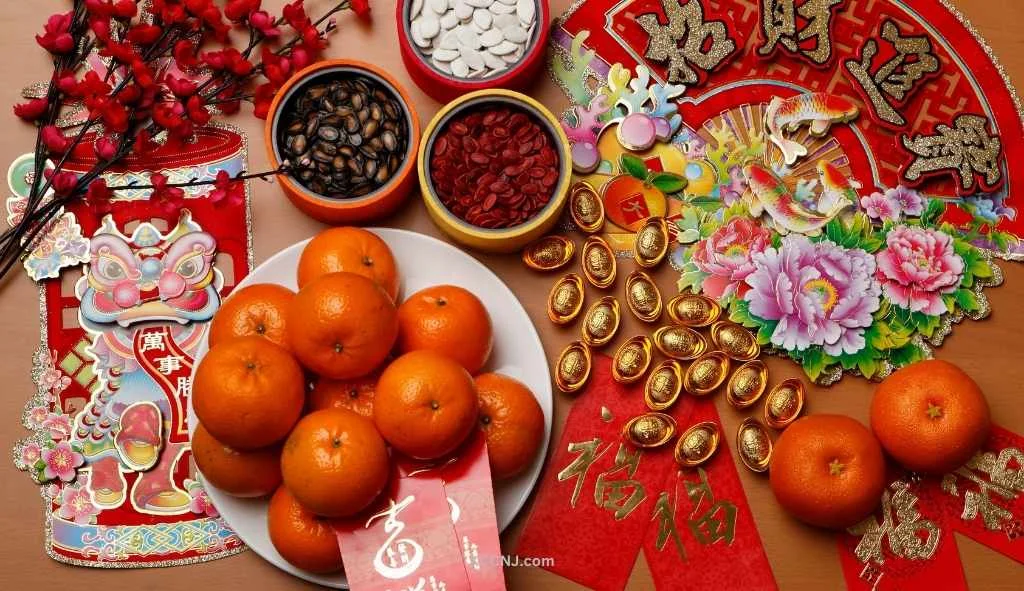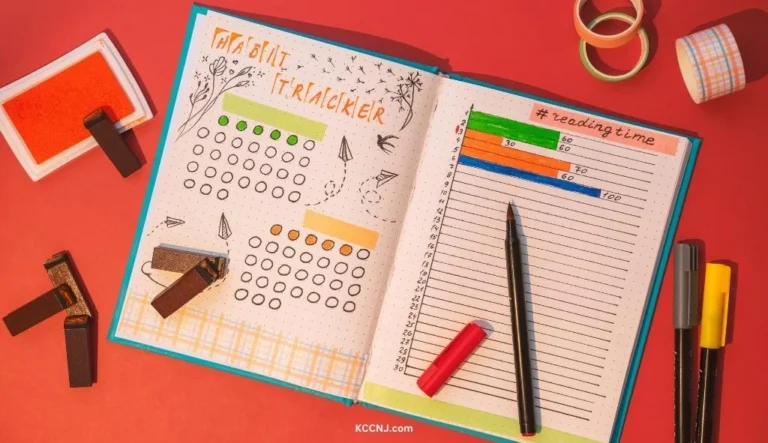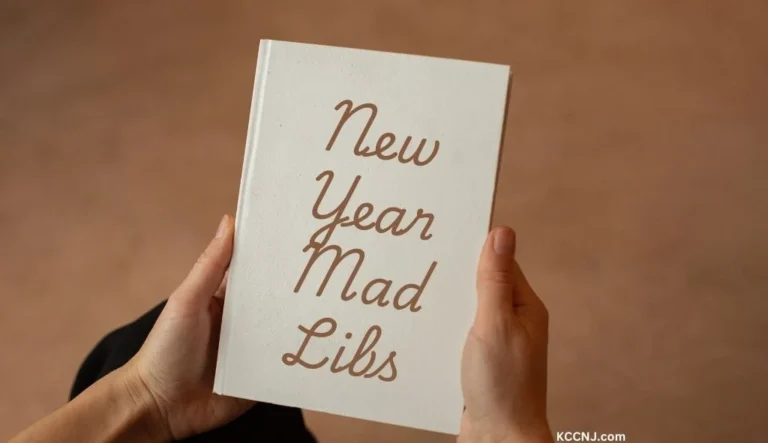Top 15 Chinese New Year Holiday Symbols
Chinese New Year symbols hold deep cultural significance, representing luck, prosperity, and new beginnings. The top symbols include red envelopes, lanterns, firecrackers, zodiac animals, and the Fu character, each playing a crucial role in the festive celebrations.
Top 15 Chinese New Year Symbols
1. Red Envelopes (Hongbao)
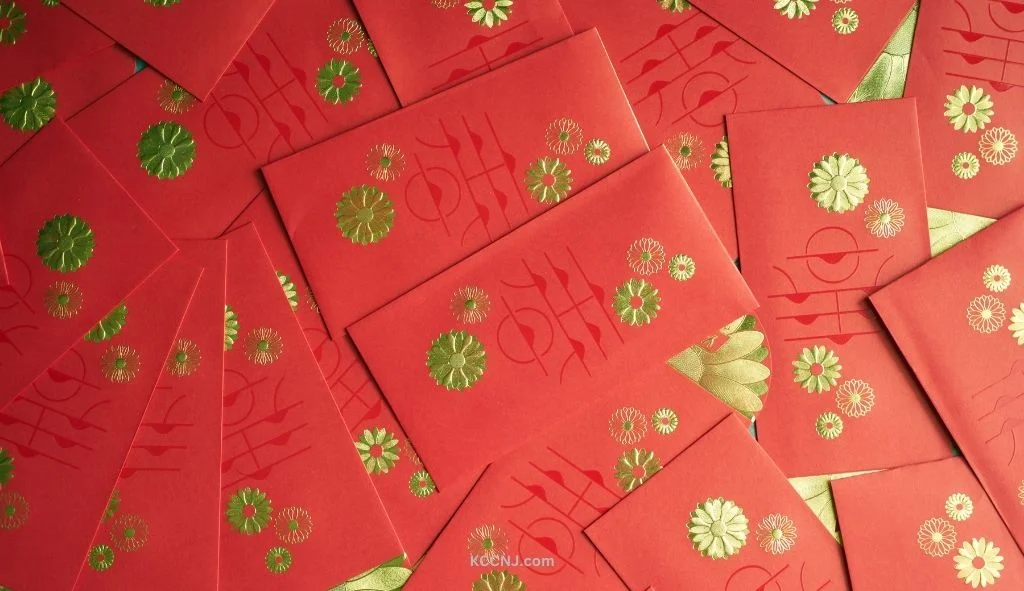
Red envelopes, known as “hongbao” in Mandarin, are one of the most recognizable symbols of Chinese New Year. These small red packets contain money and are given as gifts, especially to children and unmarried adults. The red color symbolizes good luck and is believed to ward off evil spirits.
The tradition of giving red envelopes stems from the belief that the money inside will bring good fortune and blessings to the recipient. It’s considered polite to give and receive red envelopes with both hands, and the amount of money inside should be an even number, as odd numbers are associated with funerals.
2. Lanterns
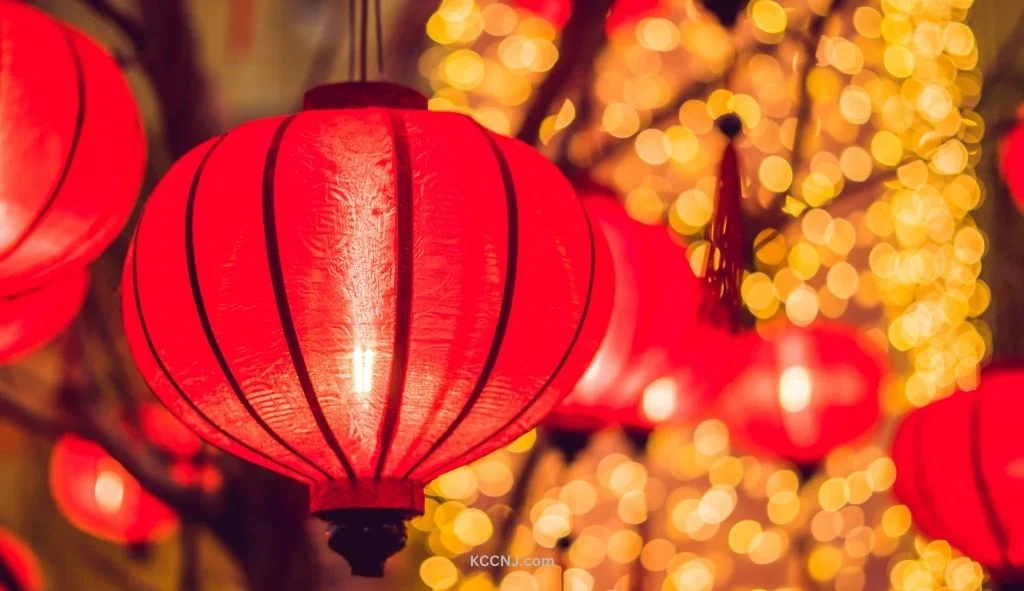
Chinese lanterns are another prominent symbol of the New Year celebrations. These colorful decorations come in various shapes and sizes, but red oval lanterns are the most traditional for the festival. Lanterns are hung in homes, streets, and public spaces to create a festive atmosphere.
The Lantern Festival, which marks the end of the Chinese New Year celebrations on the 15th day, features elaborate lantern displays. People often write riddles on lanterns for others to solve, adding an element of fun and intellectual challenge to the festivities.
3. Firecrackers and Fireworks
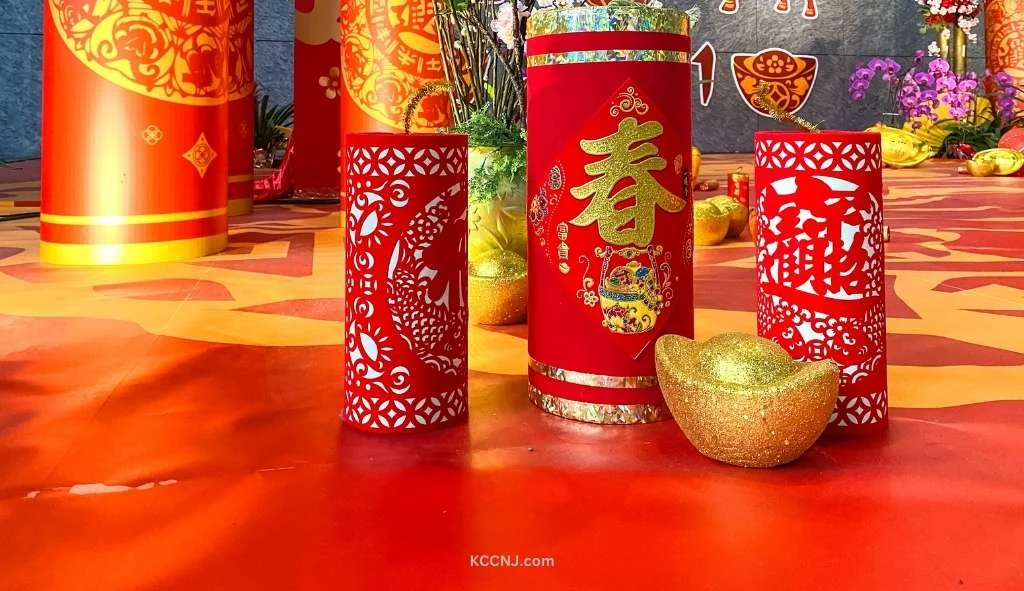
Firecrackers and fireworks play a significant role in Chinese New Year celebrations. The loud noises and bright lights are believed to scare away evil spirits and bring good luck for the coming year. In many cities, there are spectacular fireworks displays at midnight on New Year’s Eve.
While some urban areas have restrictions on fireworks due to safety and pollution concerns, many people still use firecrackers or watch public displays to maintain this traditional aspect of the celebration.
4. Zodiac Animals
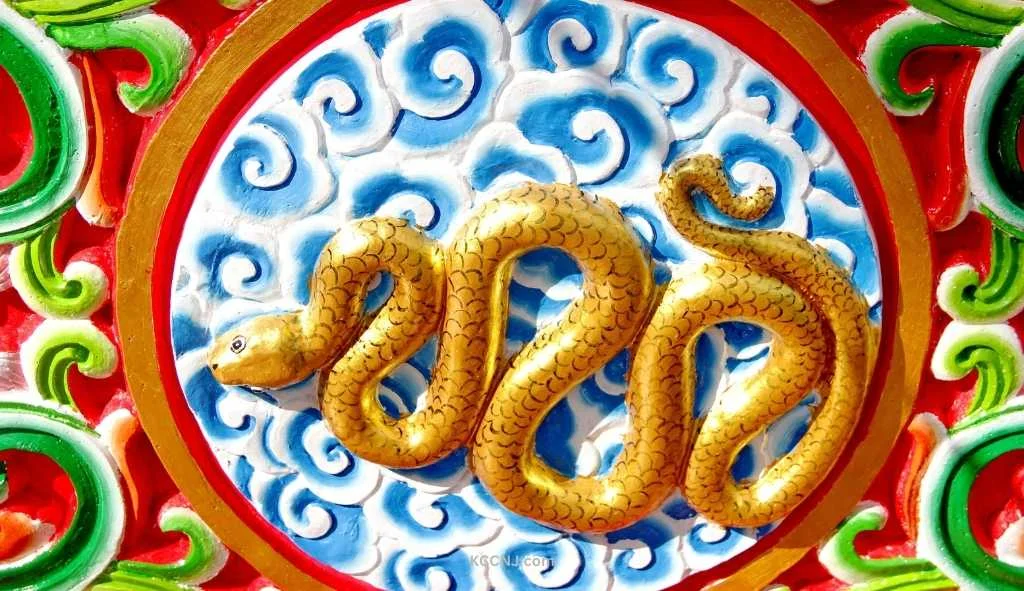
The Chinese zodiac, or Sheng Xiao, is a 12-year cycle of animal signs. Each year is associated with one of these animals: Rat, Ox, Tiger, Rabbit, Dragon, Snake, Horse, Goat, Monkey, Rooster, Dog, and Pig. 2025 is the Year of the Snake.
During Chinese New Year, decorations and gifts often feature the zodiac animal of the coming year. People born in the year of the current zodiac animal are said to have a special connection to the year’s fortunes.
5. Fu Character
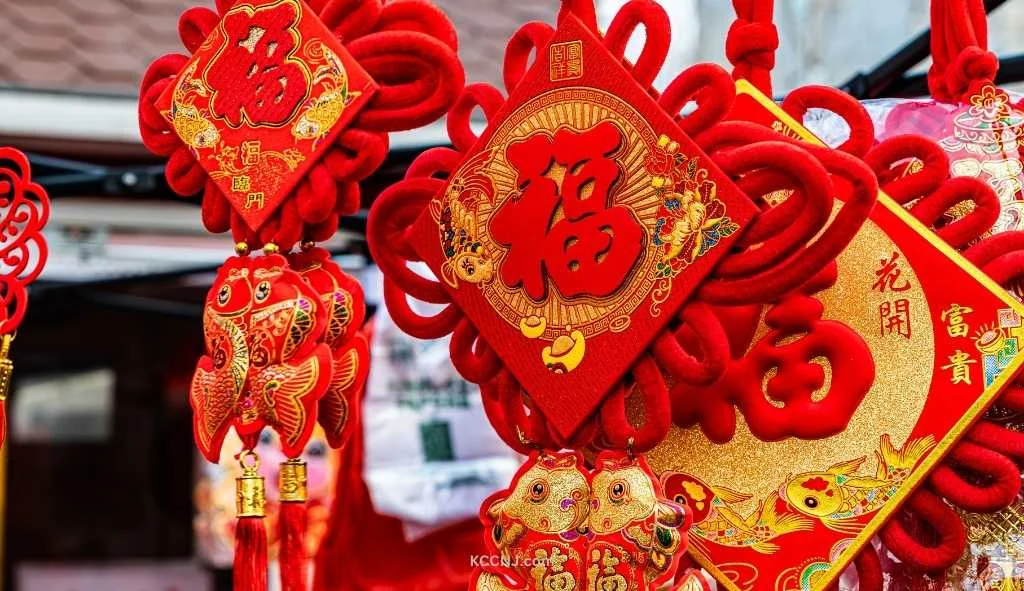
The Fu character (福) is one of the most common Chinese New Year symbols. It represents good fortune, blessings, and happiness. This character is often displayed on red paper and hung upside down on doors or walls.
The practice of hanging the Fu character upside down comes from a wordplay in Chinese. The word for “upside down” (倒 dào) sounds the same as the word for “arrive” (到 dào). Therefore, an upside-down Fu is read as “good fortune arrives.”
6. Dragon and Lion Dances
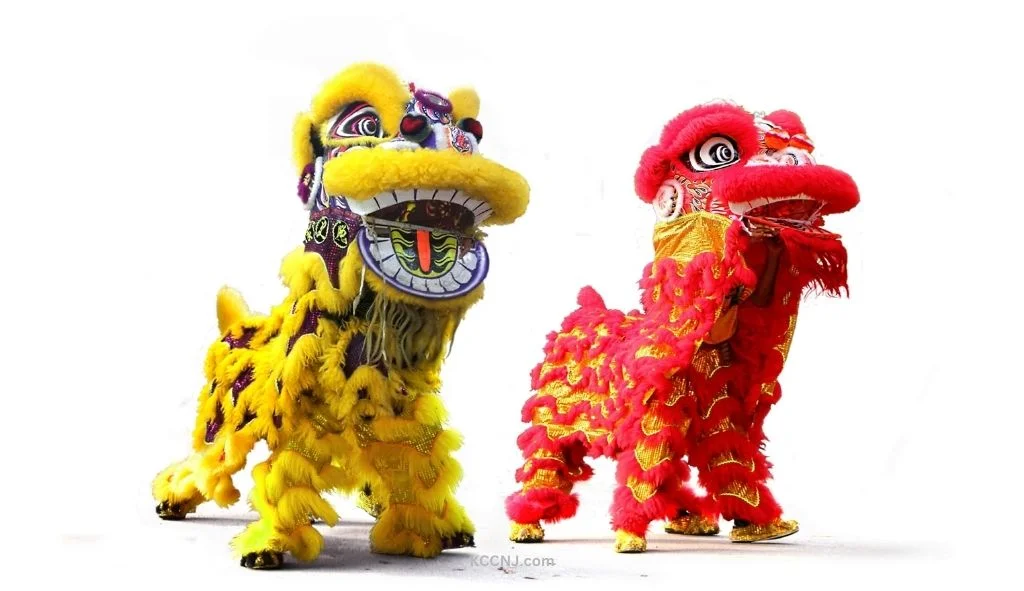
Dragon and lion dances are traditional performances during Chinese New Year celebrations. These colorful and lively dances are believed to bring good luck and ward off evil spirits.
The dragon dance typically involves a long, serpentine dragon puppet operated by multiple performers. The lion dance, performed by two people in a lion costume, is often seen at business openings and other events to bring prosperity.
7. Plum Blossoms
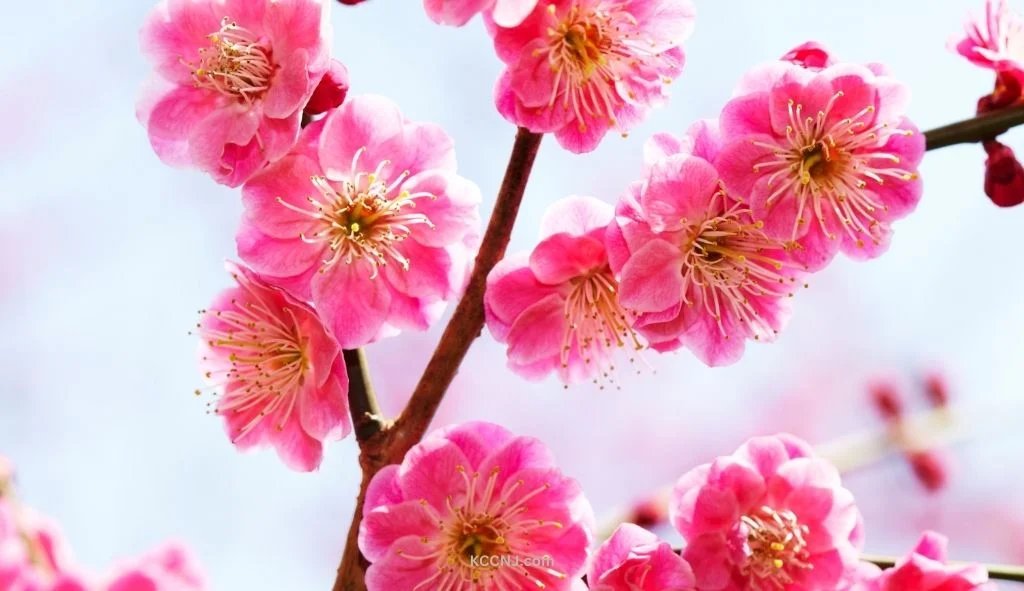
Plum blossoms hold special significance during Chinese New Year. These flowers bloom in late winter, symbolizing resilience and perseverance in the face of adversity. They represent hope and the promise of spring’s arrival.
Many people decorate their homes with plum blossom branches or paintings during the New Year period. The five petals of the plum blossom are also said to represent the five blessings: longevity, wealth, health, virtue, and a peaceful death.
8. Tangerines and Oranges
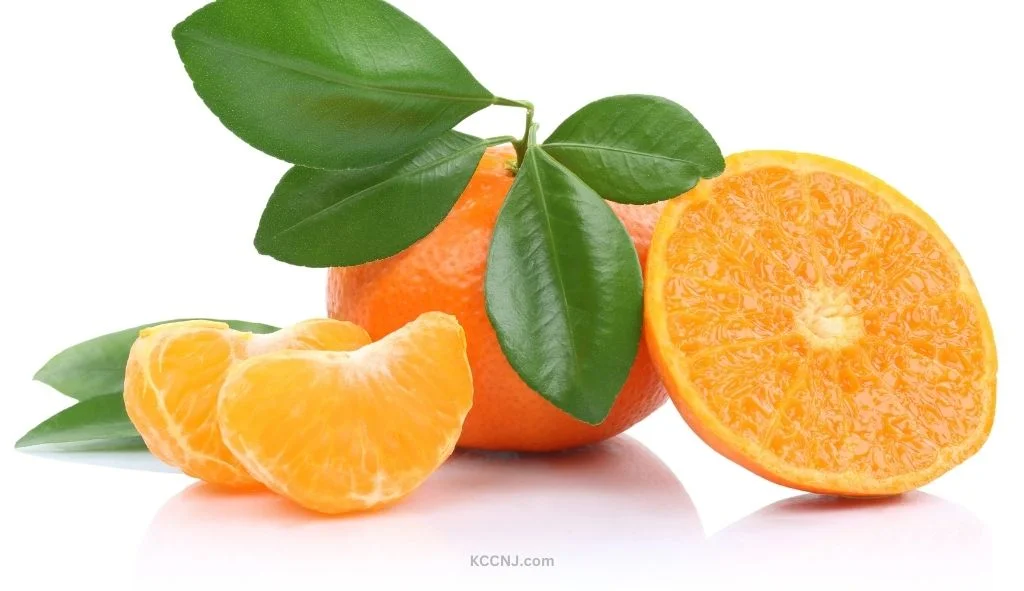
Tangerines and oranges are popular fruits during Chinese New Year due to their symbolic meanings. In Chinese, the word for tangerine (橘 jú) sounds similar to the word for luck (吉 jí), while orange (橙 chéng) sounds like success (成 chéng).
These fruits are often given as gifts or used as decorations. It’s common to see bowls of tangerines and oranges in homes and offices during the festive period, representing wishes for good fortune and success.
9. Dumplings (Jiaozi)
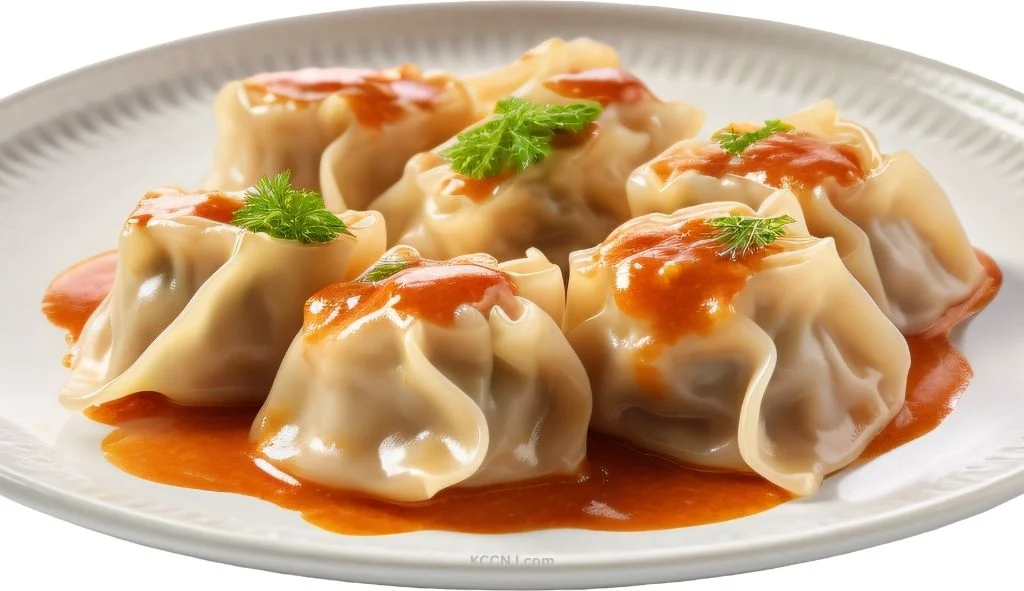
Dumplings, or jiaozi, are a traditional food eaten during Chinese New Year, especially in northern China. Their shape resembles ancient Chinese gold ingots, symbolizing wealth and prosperity.
Families often gather to make dumplings together on New Year’s Eve. Sometimes, a coin is hidden in one of the dumplings, and the person who finds it is said to have good luck in the coming year.
10. Spring Couplets
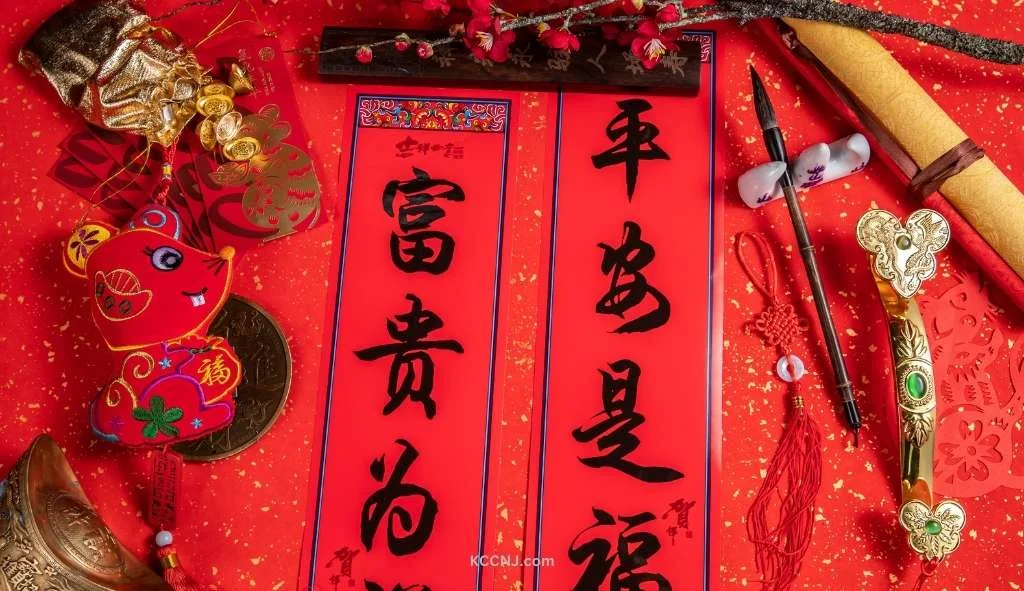
Spring couplets, or chunlian, are pairs of poetic phrases written on red paper and pasted on either side of doorways. These couplets express good wishes for the coming year and are an essential part of New Year decorations.
The couplets typically consist of two lines with matching rhythms, and a four-character phrase is often placed above the doorway to complete the set. Writing and hanging spring couplets is considered an art form and a way to showcase one’s literary skills.
11. Fish
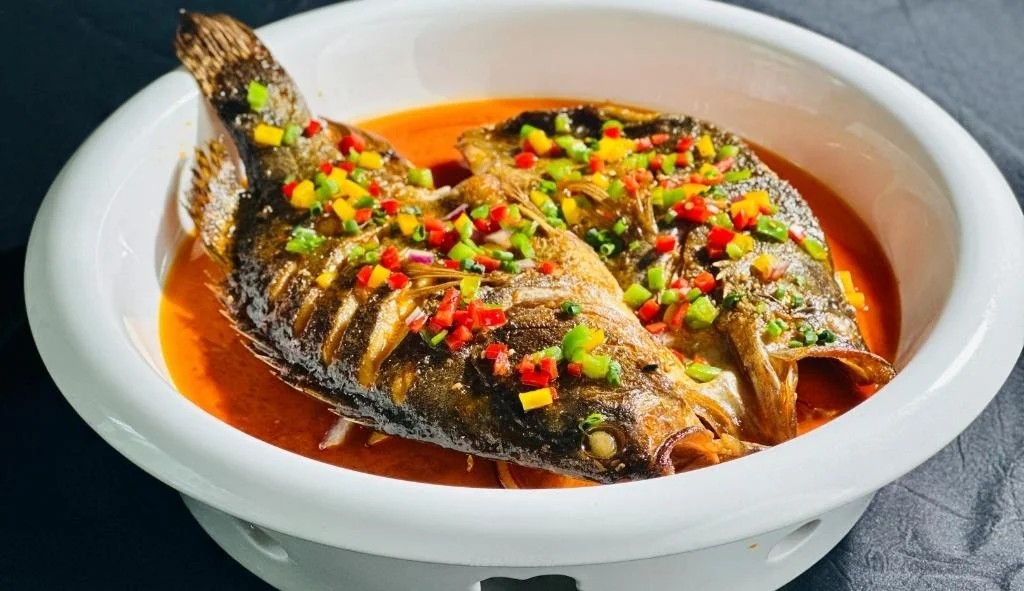
Fish is an important symbol in Chinese New Year celebrations. The Chinese word for fish (鱼 yú) sounds the same as the word for surplus (余 yú), making it a symbol of abundance and prosperity.
It’s common to serve a whole fish during New Year’s Eve dinner, leaving some uneaten to represent having a surplus for the coming year. Fish decorations are also popular during this time.
12. Nian Gao (New Year Cake)
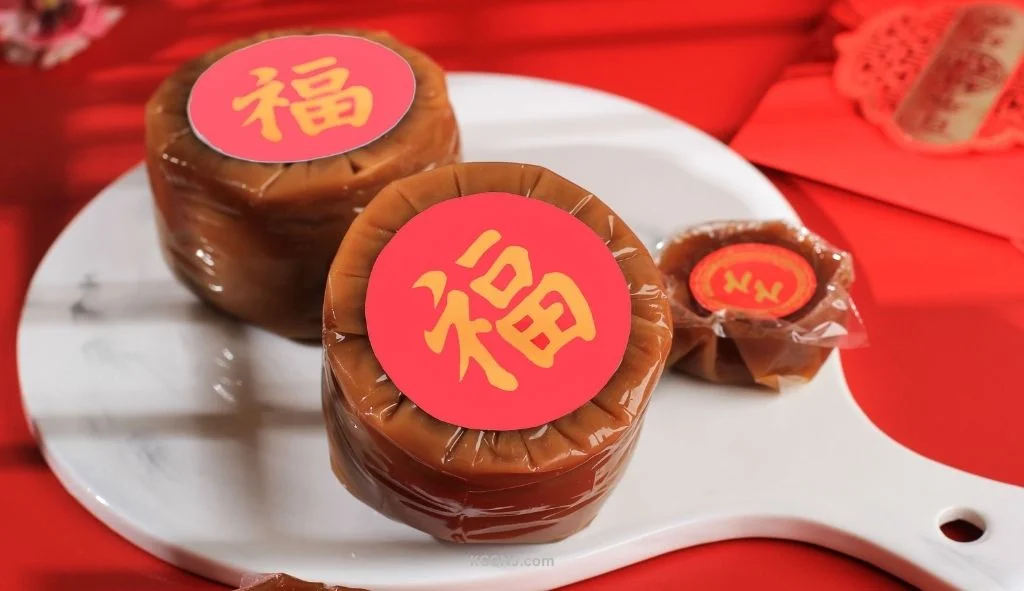
Nian gao, or New Year cake, is a traditional sweet made from glutinous rice flour. The name sounds similar to the phrase “higher year,” symbolizing progress and advancement in the coming year.
This sticky cake is often given as a gift or served to family and guests during the New Year period. Its sweetness represents a wish for a rich, sweet life in the months ahead.
13. Paper Cuttings
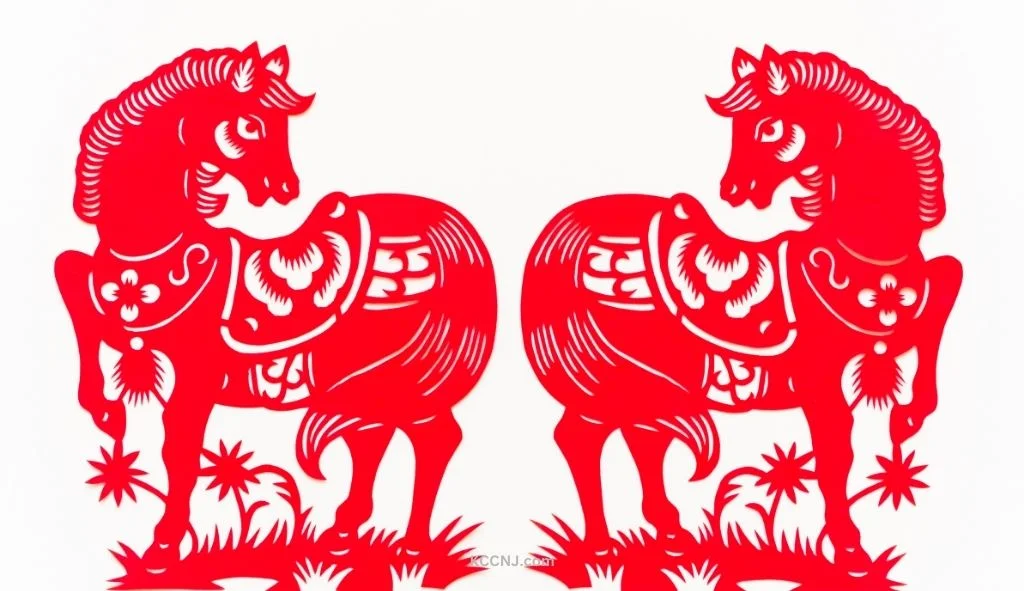
Paper cuttings, or jianzhi, are intricate designs cut from red paper. These delicate artworks often feature auspicious symbols, zodiac animals, or scenes from Chinese mythology.
During Chinese New Year, paper cuttings are used to decorate windows, doors, and walls. The red color of the paper symbolizes good fortune and joy, while the designs bring blessings and ward off evil spirits.
14. Kumquat Trees
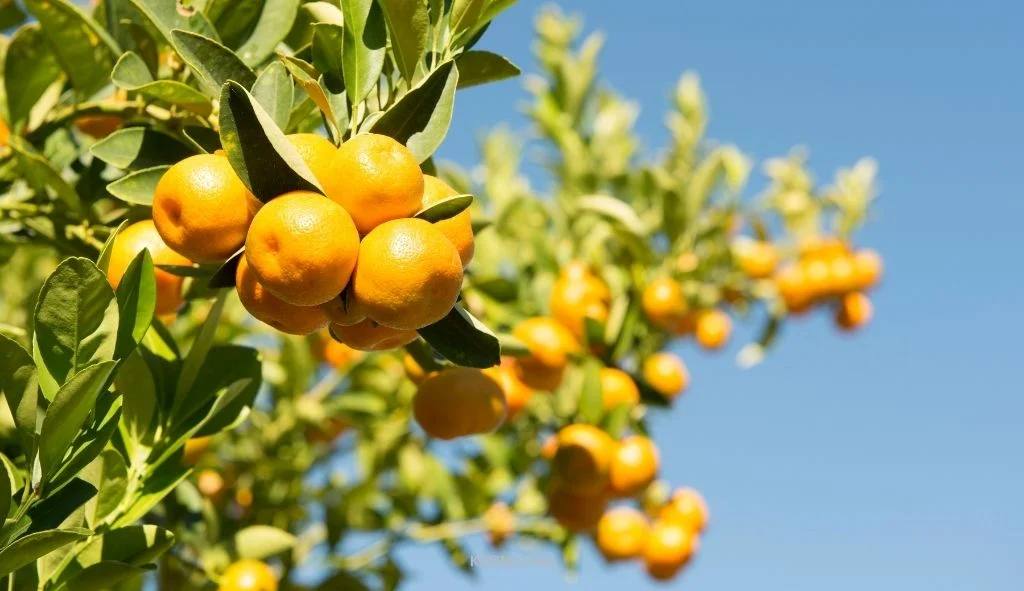
Kumquat trees are popular decorative plants during Chinese New Year. The golden color of the fruit symbolizes wealth, while the word for kumquat in Cantonese sounds similar to “good luck.”
These small potted trees are often placed in homes and businesses. The round shape of the fruits represents family unity and completeness.
15. Yuanbao (Gold Ingots)
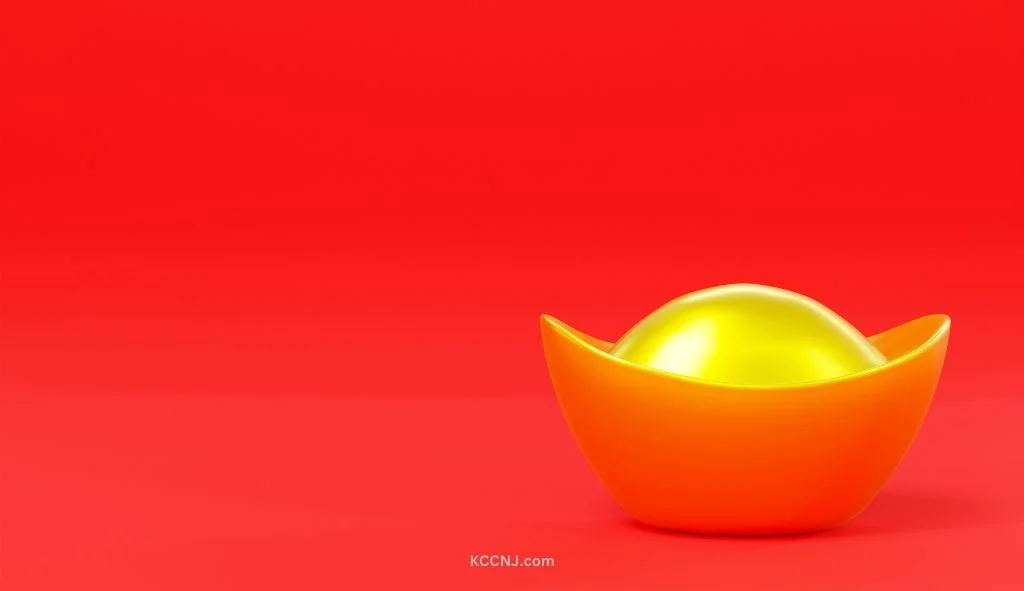
Yuanbao are representations of the gold or silver ingots used as currency in ancient China. During Chinese New Year, decorative yuanbao made of gold-colored paper or plastic are used to symbolize wealth and prosperity.
These symbolic ingots are often used in decorations or as part of gift baskets. Some people place them near statues of the God of Wealth or in red envelopes for added auspiciousness.
Understanding Chinese New Year
Chinese New Year, also known as the Spring Festival or Lunar New Year, is the most important traditional holiday in Chinese culture. It marks the beginning of a new year based on the lunar calendar and typically falls between late January and mid-February on the Gregorian calendar. In 2025, Chinese New Year will begin on January 29, welcoming the Year of the Snake.
The celebration lasts for 15 days, starting from Chinese New Year’s Eve to the Lantern Festival. During this time, families gather, homes are decorated, and various customs and traditions are observed to bring good luck and prosperity for the coming year.
The Significance of Colors in Chinese New Year Symbols
Colors play a crucial role in Chinese New Year symbolism, with each hue carrying its own meaning and significance.
Red: The Color of Good Fortune
Red is the most prominent color during Chinese New Year celebrations. It symbolizes good luck, happiness, and prosperity. The color red is believed to ward off evil spirits and bring blessings for the new year.
Many Chinese New Year symbols incorporate red, including red envelopes, lanterns, and decorative papers. People often wear red clothing during the festivities to attract good fortune.
Gold and Yellow: Wealth and Royalty
Gold and yellow are associated with wealth, prosperity, and royalty in Chinese culture. These colors are often used in combination with red in New Year decorations.
Gold-colored yuanbao, yellow chrysanthemums, and golden kumquats are examples of how these colors are incorporated into the celebrations.
Green: Growth and Harmony
Green represents growth, harmony, and health. While not as prominent as red or gold, green is often seen in plants used for decoration during Chinese New Year.
Bamboo plants, for instance, are popular New Year gifts as they symbolize strength and resilience.
Modern Interpretations of Chinese New Year Symbols
While traditional symbols remain important, modern celebrations of Chinese New Year have seen some new interpretations and adaptations of these symbols.
Digital Red Envelopes
With the rise of digital payment platforms, many people now send digital red envelopes through apps like WeChat and Alipay. This modern twist on the traditional hongbao allows for easy sending of monetary gifts to friends and family, even across long distances.
Contemporary Lantern Designs
While traditional oval red lanterns remain popular, many cities now feature elaborate lantern displays with modern designs and technologies. These may include LED lights, interactive elements, and even augmented reality features.
Eco-Friendly Alternatives
As environmental awareness grows, some people are opting for eco-friendly alternatives to traditional symbols. For example, reusable fabric red envelopes or electronic fireworks displays that reduce air pollution.
Incorporating Chinese New Year Symbols in Celebrations
For those celebrating Chinese New Year, incorporating these symbols can enhance the festive atmosphere and bring a sense of tradition to the celebrations.
Decorating the Home
Decorate your home with red lanterns, paper cuttings, and spring couplets. Place a bowl of tangerines or oranges in the living room, and hang a Fu character on the front door for good luck.
Preparing Traditional Foods
Include symbolic foods in your New Year’s Eve dinner, such as a whole fish, dumplings, and nian gao. These dishes not only taste delicious but also carry auspicious meanings for the coming year.
Gift Giving
When giving gifts, consider items that incorporate Chinese New Year symbols. Red envelopes for children and unmarried adults, potted kumquat trees for housewarming, or items featuring the year’s zodiac animal are all appropriate choices.
Participating in Community Events
Many communities organize Chinese New Year events featuring dragon and lion dances, lantern displays, and fireworks. Participating in these events can be a great way to experience the festive atmosphere and learn more about the cultural significance of various symbols.
FAQs
- What is the significance of the color red in Chinese New Year?
Red symbolizes good luck, happiness, and prosperity in Chinese culture. It is believed to ward off evil spirits and bring good fortune for the new year. - Why are zodiac animals important in Chinese New Year?
Each year is associated with one of 12 zodiac animals, which are believed to influence the characteristics of people born in that year and the events of the year itself. - What is the meaning of giving red envelopes during Chinese New Year?
Red envelopes, or hongbao, contain money and are given as gifts to bring good luck to both the giver and receiver, especially for children and unmarried adults. - Why are firecrackers set off during Chinese New Year?
Firecrackers are believed to scare away evil spirits and bring good luck for the coming year. The loud noise and bright flashes are thought to drive away negative energies. - What is the significance of the Lantern Festival?
The Lantern Festival marks the end of Chinese New Year celebrations. It symbolizes the reunion of family and the letting go of past selves to welcome new beginnings. - Why is the reunion dinner important in Chinese New Year celebrations?
The reunion dinner on New Year’s Eve is considered the most important meal of the year, symbolizing family unity and the importance of coming together to start the new year. - What does the Fu character represent in Chinese New Year decorations?
The Fu character (福) means “blessing” or “good fortune.” It is often displayed upside down as a play on words, implying that good fortune has arrived. - How has technology changed Chinese New Year traditions?
Technology has introduced digital red envelopes and virtual celebrations, allowing people to maintain traditions even when physically apart.
Chinese new year activities for middle school

